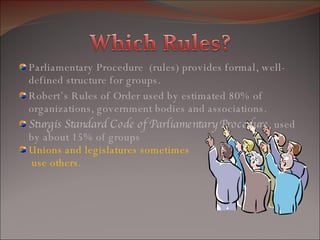The unwritten rules of professional etiquette
While your employer may have set rules like a dress code, workplace etiquette is the unwritten rules that help make the office a respectful and productive environment https://hope2trial.com/classification-of-games/. While these rules aren’t explicitly stated, they are often an unspoken requirement that ensure everyone gets along both online and in person.
Nobody wants to be that colleague who has the messy desk or noisy working habits that get on everyone’s nerves. These in-person workplace etiquette tips will ensure you’re a pleasure to work in an office with.
We hope you’ve learned a thing or two that will help you get ahead at work. For office furniture that will keep you comfortable in all of your efforts to be your best work self, browse our full range of office chairs and office desks.Contact the friendly experts at if you have any questions or queries about our office furniture.
In the professional world, success often hinges not only on skills and qualifications but also on the ability to navigate social interactions effectively. Workplace etiquette, therefore, plays a crucial role in creating a positive and productive environment. From communicating respectfully to fostering a culture of inclusivity, adhering to proper etiquette can enhance professional relationships, boost morale, and contribute to overall organizational success.
Formal rules of procedure or etiquette
Practicing good etiquette involves being mindful of others’ feelings, showing empathy, and adapting to different social contexts. It encourages individuals to be polite, considerate, and well-mannered, regardless of their personal preferences or beliefs. By adhering to etiquette guidelines, we demonstrate respect for others and contribute to a harmonious social environment.
Board etiquette describes the actions and behaviors of the board meeting members even beyond the eyes of the organization. Board members, should observe meeting etiquette rules and procedures whether they’re being watched or not. In other words, board directors must never talk about the business of the board outside the boardroom or after the meeting.
Board meeting etiquette extends beyond the meeting itself. It’s up to the chair or board secretary to provide a summary of the meeting, read the resolutions and the future steps. But board members should also review the post-meeting papers, raise any suggestions or concerns regarding possible meeting reviews, understand the resolutions, and carry on appropriately.

Practicing good etiquette involves being mindful of others’ feelings, showing empathy, and adapting to different social contexts. It encourages individuals to be polite, considerate, and well-mannered, regardless of their personal preferences or beliefs. By adhering to etiquette guidelines, we demonstrate respect for others and contribute to a harmonious social environment.
Board etiquette describes the actions and behaviors of the board meeting members even beyond the eyes of the organization. Board members, should observe meeting etiquette rules and procedures whether they’re being watched or not. In other words, board directors must never talk about the business of the board outside the boardroom or after the meeting.
What are three basic rules of online etiquette (netiquette)
Spam refers to unsolicited and unwanted communications. Plenty of email inboxes are flooded with spam messages. Forums and digital discussion threads can also fall victim to spammers who post excessive amounts of unwanted, uninteresting information again and again.
Typing in all caps is generally frowned upon as far as netiquette experts are concerned, and it’s not hard to see why. Think about what you feel when you read a message written entirely in capital letters. Such messages often come across as angry or aggressive, as though the writer or sender is yelling at you.
It’s so easy to type out a quick comment online, on a platform like YouTube or X, for example, and send it out for the world to see, without thinking too much about it. But seemingly simple posts can have deep and far-reaching consequences.
✅ Be punctual. Log into your computer 10–15 minutes before a meeting is scheduled so you’re ready to go once it begins. ✅ Test your camera and microphone beforehand and ensure that your hardware is working as it should to avoid any delays to the meeting. ✅ Try to sit in a quiet, well-lit space for video calls and conferences. Dress professionally, and keep background noise down to avoid disturbing other participants. ✅ Be mindful of body language. Keeping your eyes on the screen shows other participants that you are engaged and listening.
